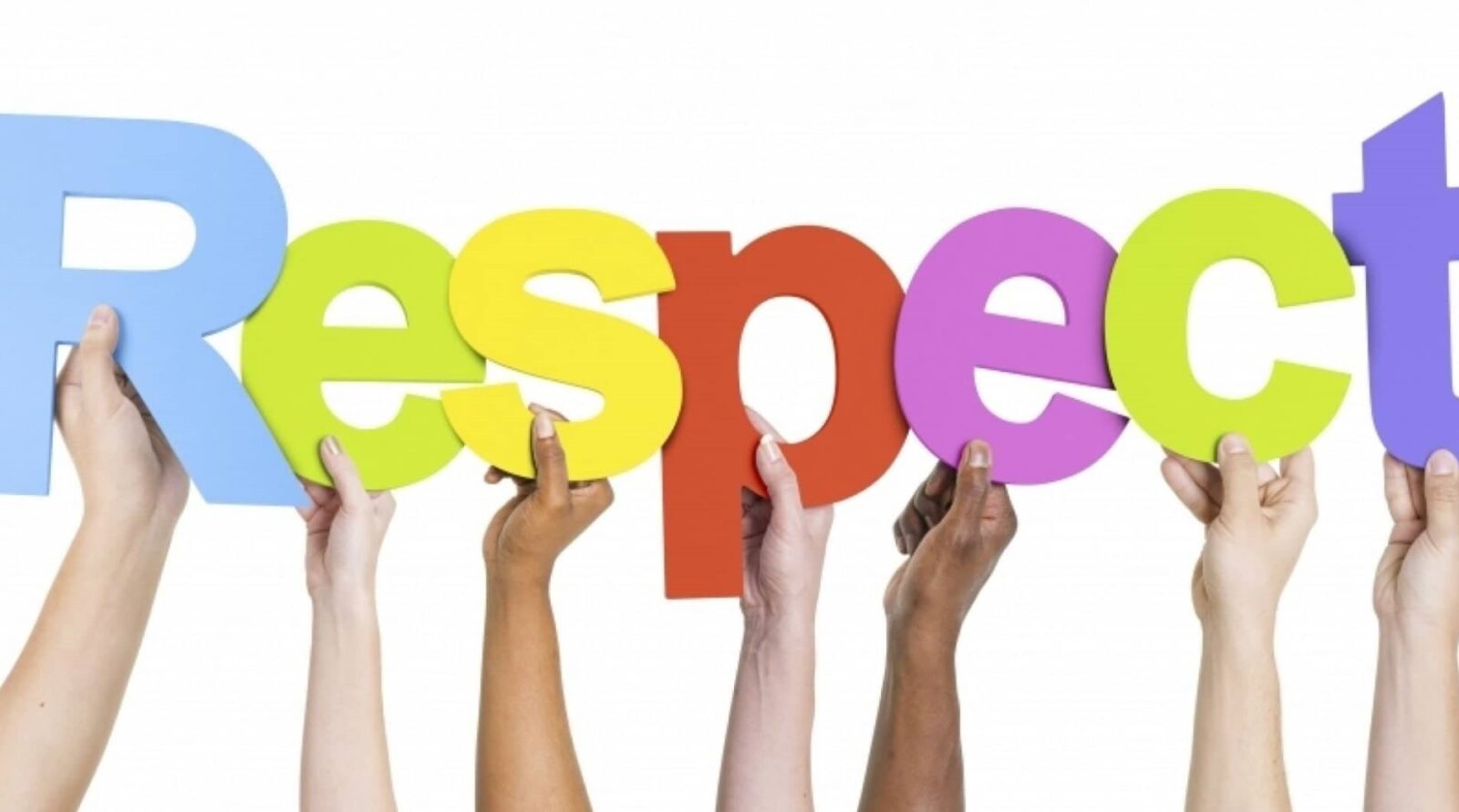“Explore & Learn the Key Ethical Considerations in Photography, privacy, cultural sensitivity, and the responsible use of technology.
Photography is a powerful medium that captures moments, tells stories, and evokes emotions. However, with this power comes a significant responsibility. Ethical considerations in photography involve respecting the rights and dignity of subjects, ensuring truthful representation, and being mindful of the potential impact of images.
The Future of Photography is bright, filled with innovations that promise to expand creative possibilities and redefine how we capture and experience the world. From AI-driven tools and immersive AR/VR experiences to sustainable practices and blockchain security, the trends shaping the future of photography offer exciting opportunities for photographers and viewers alike.
Learn how photographers can navigate these challenges to maintain integrity and respect. “This comprehensive exploration delves into the key Legal and Ethical Issues in Photography, photographers face and offers guidelines for ethical practice in various genres of photography.
“Upholding Ethical Considerations in Photography”
1. Respecting the Rights and Dignity of Subjects

A. Informed Consent
One of the fundamental ethical principles in photography is obtaining informed consent from subjects, particularly in portrait and documentary photography. This involves:
- Explaining the Purpose: Informing subjects about the purpose of the photography and how the images will be used.
- Voluntary Participation: Ensuring that participation is voluntary and that subjects have the right to decline being photographed.
- Privacy: Respecting the privacy of individuals and not intruding into their personal space or private moments without permission.
B. Protecting Vulnerable Populations
Special care must be taken when photographing vulnerable populations, such as children, marginalized communities, and individuals in distress. Ethical guidelines include:
- Best Interests: Ensuring that the photography is in the best interests of the subjects and does not exploit or harm them.
- Parental or Guardian Consent: When photographing minors, obtaining consent from a parent or guardian is essential.
- Sensitivity and Respect: Being sensitive to the cultural, social, and emotional contexts of the subjects and showing respect for their dignity and humanity.
C. Avoiding Exploitation
Photographers must avoid exploiting their subjects for personal gain or sensationalism. This includes:
- Fair Representation: Representing subjects truthfully and avoiding manipulative or deceptive practices.
- Compensation and Reciprocity: Offering fair compensation or some form of reciprocity when appropriate, especially in commercial contexts.
- Contextual Integrity: Providing context to images to prevent misinterpretation or misuse that could harm the subjects.
2. Truthful Representation

A. Authenticity and Integrity
Photographers have an ethical duty to represent their subjects and scenes authentically and with integrity. This means:
- Avoiding Misrepresentation: Not staging or manipulating scenes in a way that misrepresents reality.
- Honesty in Captioning and Context: Providing accurate and truthful captions and context to accompany images.
- Respect for Truth: Upholding the truth and avoiding deceptive practices, such as excessive photo manipulation that alters the meaning or reality of the image.
B. Photo Manipulation
While post-processing is a standard part of photography, ethical considerations in Modern Photography must guide the extent and nature of photo manipulation:
- Transparency: Being transparent about the extent of manipulation, particularly in photojournalism and documentary photography.
- Avoiding Deception: Ensuring that any editing or manipulation does not deceive viewers or distort the truth.
- Editorial Standards: Adhering to editorial standards and guidelines set by professional bodies and organizations.
3. Impact and Consequences
A. Social and Cultural Sensitivity

Photographers must be aware of the social and cultural implications of their work. This includes:
- Cultural Respect: Showing respect for different cultures and traditions, avoiding cultural appropriation or insensitivity.
- Avoiding Stereotypes: Avoid reinforcing harmful stereotypes or prejudices through imagery.
- Promoting Understanding: Using photography to promote understanding and empathy across cultural and social divides.
B. Ethical Storytelling
In storytelling genres like photojournalism and documentary photography, ethical storytelling involves:
- Accuracy and Fairness: Reporting stories accurately and fairly, without bias or distortion.
- Giving Voice to Subjects: Allowing subjects to have a voice in how their stories are told and ensuring their perspectives are represented.
- Ethical Responsibility: Recognizing the potential impact of images on public perception and opinion and handling this responsibility with care.
C. Environmental Impact
Environmental ethics in photography involve being mindful of the impact on natural environments and wildlife. This includes:
- Minimal Disturbance: Ensuring that photography does not disturb wildlife or damage natural habitats.
- Respect for Nature: Showing respect for nature and promoting conservation through responsible practices.
- Sustainable Practices: Adopting sustainable practices, such as minimizing waste and using eco-friendly materials.
4. Genre-Specific Ethics in Modern Photography
A. Photojournalism

Photojournalists have a unique ethical obligation to report truthfully and with integrity. Key principles include:
- Objectivity: Striving for objectivity and avoiding personal biases in reporting.
- Public Interest: Balancing the public interest with respect for the rights and dignity of subjects.
- Accountability: Being accountable for the accuracy and impact of published images.
B. Ethical Considerations in Street Photography
Street photographers often face ethical dilemmas related to privacy and consent. Ethical guidelines include:
- Respect for Privacy: Being respectful of individuals’ privacy and personal space.
- Discretion: Exercising discretion in choosing subjects and moments, avoiding exploitation or embarrassment.
- Transparency and Consent: When possible, seek consent and be transparent about intentions.
C. Ethical Considerations in Wildlife Photography
Ethical wildlife photography involves:
- Non-Intrusiveness: Avoiding disturbance to animals and their habitats.
- Conservation Ethics: Promoting conservation and respect for wildlife.
- Honesty: Accurately representing wildlife and natural behaviors without staging or manipulation.
D. Portrait and Fashion Photography
Ethical practices in portrait and fashion photography include:
- Respect and Consent: Ensuring subjects’ consent and respecting their boundaries.
- Authentic Representation: Avoiding excessive retouching that distorts reality or promotes unrealistic beauty standards.
- Empowerment: Empowering subjects by respecting their autonomy and agency in the photographic process.
The Future of Photography: Trends to Watch

Photography, a field constantly evolving with technological advancements and cultural shifts, stands at the brink of exciting new horizons. The future promises innovations that could redefine how we capture, share, and interact with images. Here are some key trends to watch in the coming years:
1. Artificial Intelligence and Machine Learning

Artificial Intelligence (AI) and Machine Learning (ML) are set to revolutionize photography. These technologies are already enhancing image quality, automating editing processes, and providing photographers with powerful tools to improve their craft. Future cameras and editing software will likely incorporate more sophisticated AI-driven features, such as:
- Automated Composition and Scene Recognition: AI can analyze a scene and suggest the best framing and settings, helping photographers capture perfect shots every time.
- Intelligent Editing: ML algorithms can learn a photographer’s style and automate complex editing tasks, from color correction to advanced retouching, while maintaining creative control.
- Enhanced Image Recognition: Improved object and facial recognition will allow for better organization and searching of photo libraries.
2. Augmented Reality (AR) and Virtual Reality (VR)
AR and VR technologies are expanding the boundaries of traditional photography, creating immersive and interactive experiences. Photographers are beginning to explore these mediums to offer viewers new ways to experience images:
- 360-Degree Photography: This allows viewers to explore images in every direction, providing a more immersive experience. VR headsets can further enhance this by creating a fully enveloping visual environment.
- R Overlays: Augmented reality can add interactive elements to photos, such as information overlays, animations, and links to related content, making images more engaging and informative.
3. Computational Photography Ethics in Modern Photography
Computational photography leverages advanced algorithms and processing power to enhance photographic capabilities beyond traditional optics. This trend is particularly evident in smartphone photography, where hardware limitations are offset by software innovation:
- Multi-Frame Processing: Combining multiple exposures to enhance dynamic range, reduce noise, and improve detail.
- Depth Mapping: Creating images with adjustable focus and simulated bokeh effects.
- Advanced HDR: Real-time high dynamic range imaging that produces balanced exposures in challenging lighting conditions.
4. Sustainable and Ethical Practices
As awareness of environmental and ethical issues grows, the photography industry is increasingly focusing on sustainability and responsibility:
- Eco-Friendly Materials: Development of sustainable camera components and accessories to reduce environmental impact.
- Ethical Wildlife Photography: Emphasizing the importance of non-invasive techniques and respecting natural habitats to protect wildlife.
- Cultural Sensitivity: Greater emphasis on ethical representation and obtaining informed consent, especially when photographing vulnerable communities.
5. High-Resolution and Light-Field Cameras

Camera technology continues to push the boundaries of resolution and depth capture. Future advancements include:
- Ultra-High Resolution Sensors: Cameras with sensors exceeding 100 megapixels, allowing for incredibly detailed images and large-scale prints without losing quality.
- Light-Field Cameras: Capturing the direction and intensity of light rays, enabling post-capture adjustments of focus and perspective.
6. Blockchain and NFTs
Blockchain technology and Non-Fungible Tokens (NFTs) are making significant impacts on the way photographers can protect, sell, and distribute their work:
- Digital Ownership: Blockchain provides a secure method for establishing and verifying the ownership of digital images, helping to combat unauthorized use and piracy.
- NFT Marketplaces: Photographers can sell their work as NFTs, creating new revenue streams and reaching a global audience of collectors and enthusiasts.
7. Mobile Photography Innovations

Smartphones continue to dominate the photography landscape due to their convenience and ever-improving capabilities. Innovations to watch include:
- Enhanced Sensor Technology: Smaller, more powerful sensors that can rival traditional cameras in terms of quality.
- Advanced Computational Features: Real-time effects, augmented reality enhancements, and professional-grade editing tools built directly into smartphone apps.
- Modular Accessories: Clip-on lenses, external flashes, and other accessories that expand the creative potential of mobile devices.
8. Social Media and Instant Sharing

The integration of photography with social media platforms will continue to evolve, impacting how images are shared and consumed:
- Real-Time Editing and Filters: More sophisticated tools for instant photo enhancement and creative effects.
- Collaborative Platforms: Increased opportunities for photographers to collaborate and share their work in real-time, fostering community and innovation.
- Analytics and Feedback: Enhanced analytics tools that provide insights into how images are received and interacted with, helping photographers refine their approach.
9. AI-Driven Content Curation
With the sheer volume of photos being taken and shared, AI-driven content curation will become essential:
- Smart Albums: Automatically organizing photos based on content, date, location, and even emotional tone.
- Highlight Reels: AI-generated compilations of best shots, saving time and helping photographers showcase their work more effectively.
- Contextual Recommendations: Offering personalized suggestions for editing, sharing, or printing based on the photographer’s habits and preferences.
10. Evolving Artistic Trends
As technology evolves, so too does the artistic expression in photography. Future trends may include:
- Mixed Media Art: Combining photography with digital art, animation, and other forms of media to create hybrid works.
- Interactive Storytelling: Using images as part of broader, multi-sensory experiences, integrating sound, movement, and interactivity.
- Personalized Experiences: Leveraging AI and data analytics to create highly personalized visual experiences tailored to individual viewers.
The Future of Photography is bright, filled with innovations that promise to expand creative possibilities and redefine how we capture and experience the world. From AI-driven tools and immersive AR/VR experiences to sustainable practices and blockchain security, the trends shaping the future of photography offer exciting opportunities for photographers and viewers alike.
Frequently Asked Questions on Code of Ethics in Photography
Why is Ethical Consideration important in photography?
Ethical considerations in Modern photography are crucial to ensure respect for subjects, maintain integrity, and avoid harm or exploitation. They help in building trust and credibility with audiences.
What are the key ethical issues in photojournalism?
Key issues include maintaining objectivity, avoiding staging or altering scenes, obtaining informed consent from subjects, respecting privacy, and avoiding harm or distress to subjects.
How should photographers approach consent and privacy?
Photographers should seek explicit consent from subjects, especially in private or sensitive situations. Respecting privacy involves not photographing individuals without permission in settings where they have a reasonable expectation of privacy.
What is the impact of digital manipulation on the ethics in Modern photography?
Digital manipulation can mislead viewers and distort reality, raising ethical concerns. Ethical standards call for transparency and honesty, avoiding significant alterations that misrepresent the truth.
How can photographers ensure cultural sensitivity?
Photographers should educate themselves about the cultures they are documenting, avoid reinforcing stereotypes, and show respect for cultural norms and practices. Engaging with and seeking input from local communities is essential.
What are the Ethical Considerations in Photography for Wildlife Photography and Nature Photography?
Ethical Wildlife Photography & Nature Photography involves not disturbing or harming animals and their habitats, avoiding baiting or manipulation, and adhering to conservation guidelines and regulations.
What are the ethical challenges in Street Photography?
Street Photography raises issues of consent, privacy, and the potential for exploitation. Photographers should consider the context, avoid taking advantage of vulnerable individuals, and respect requests not to be photographed.
How should photographers handle sensitive or traumatic subjects?
When photographing sensitive subjects like disasters or conflicts, photographers should prioritize empathy, avoid sensationalism, and consider the potential impact on subjects and viewers. They should also obtain consent where possible.
What is the role of photo credits and copyright in Ethics in Modern Photography?
Giving proper credit to photographers and respecting copyright laws is essential. Using images without permission or failing to attribute them correctly violates ethical standards and intellectual property rights.
How can photographers balance artistic expression with ethical responsibilities?
Photographers should strive to balance creative freedom with ethical responsibilities by being transparent about their methods, avoiding deceptive practices, and considering the potential implications of their work on subjects and audiences.
How do ethical guidelines differ for commercial photography?
In commercial photography, ethics involve truthful representation of products, avoiding misleading advertising, and respecting the rights and dignity of models and clients. Transparency about editing and retouching is also important.
What steps can photographers take to address ethical dilemmas?
Photographers can address ethical dilemmas by seeking advice from peers, adhering to established codes of conduct, reflecting on the potential consequences of their actions, and prioritizing the well-being and rights of their subjects.
How can photo editors and publishers uphold ethical standards?
Photo editors and publishers can uphold ethical standards by verifying the authenticity of images, avoiding sensationalism, ensuring proper attribution, and maintaining transparency about the context and content of published photos.
What is the significance of ethics in documentary photography?
Ethics in documentary photography are vital to accurately and respectfully representing subjects and stories. This includes avoiding manipulation, seeking consent, and being mindful of the power dynamics between the photographer and subjects.
How do emerging technologies impact ethical considerations in photography?
Emerging technologies, such as AI and deepfakes, pose new ethical challenges by enabling more sophisticated manipulation and misrepresentation. Photographers must navigate these tools responsibly to maintain trust and authenticity.
What are the ethical considerations for photographing minors?
Photographers must obtain explicit consent from a parent or guardian, ensure the child’s dignity and safety, and be sensitive to the potential risks and implications of publishing images of minors.
How can photographers avoid exploitation in their work?
Avoiding exploitation involves respecting the autonomy and dignity of subjects, fairly compensating them when appropriate, and not using images in ways that could harm or misrepresent them.
What is the role of honesty in ethical photography?
Honesty is fundamental in ensuring that images truthfully represent the subject and context. Photographers should avoid deceptive practices like misleading captions or excessive retouching.
What trends are shaping the future of photography in marketing?
Trends shaping the future of photography in marketing include the use of AI and machine learning for personalized content, the rise of authentic and user-generated images, the integration of augmented reality (AR), and the increased focus on diversity and inclusivity in visual content.
These FAQs provide a comprehensive overview of the ethical considerations in modern photography photographers must navigate to ensure responsible and respectful practices in their work.
Conclusion
Ethical Considerations In Photography is a complex and multifaceted field, requiring photographers to navigate various challenges and responsibilities. By respecting the rights and dignity of subjects, ensuring truthful representation, Legal and Ethical Issues in Photography and being mindful of the potential impact of their work, photographers can uphold ethical standards and contribute positively to society.







Leave a Review